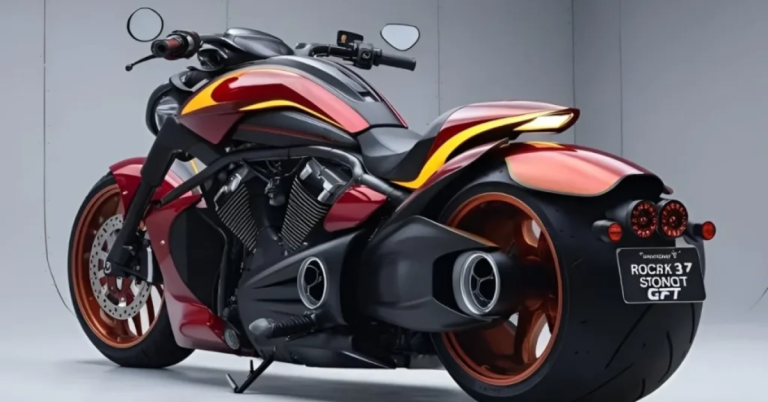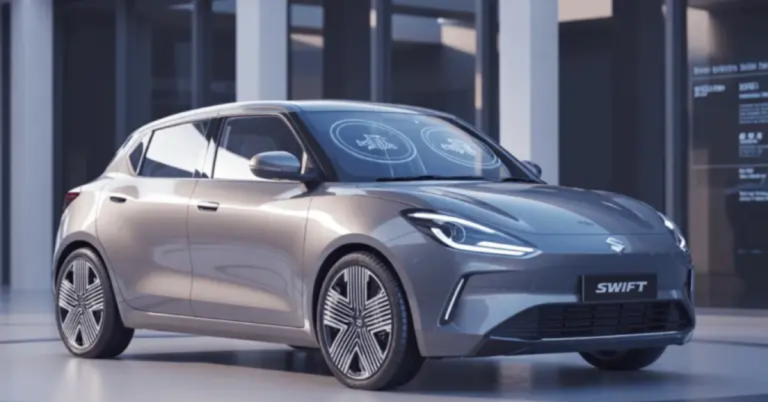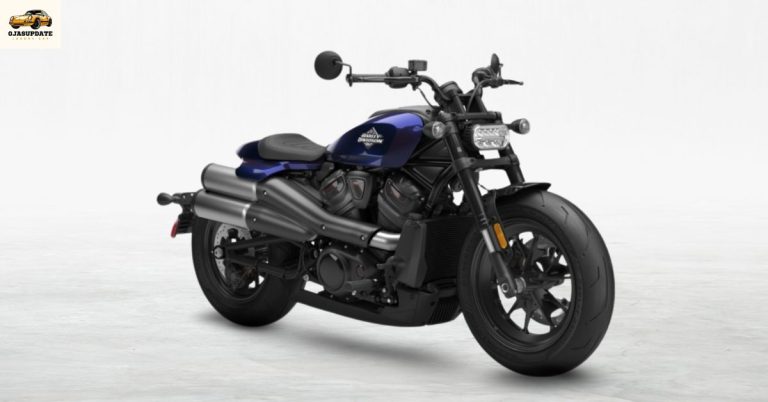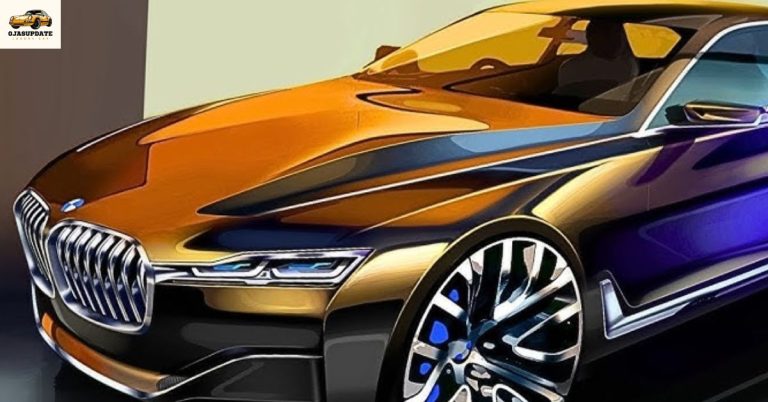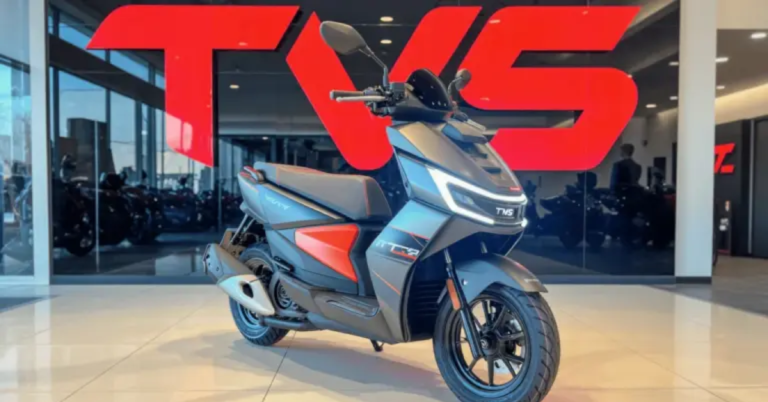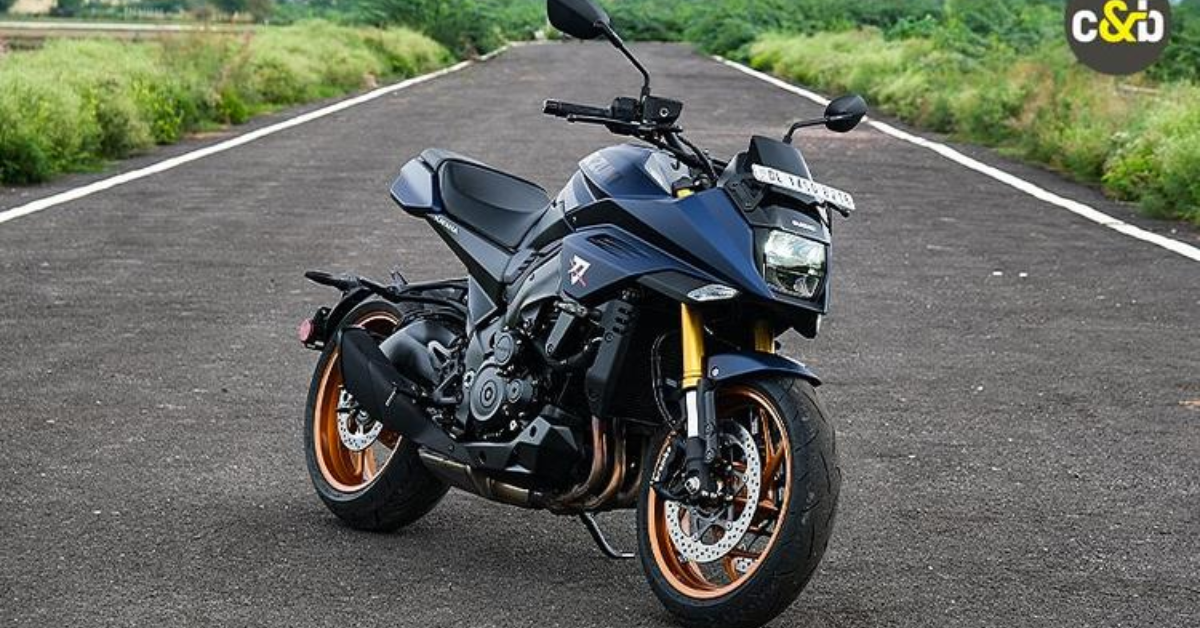
The Indian superbike market has seen a series of highs and lows over the years, with global manufacturers continuously re-evaluating their product strategies to align with customer preferences, regulatory standards, and pricing challenges. One of the most recent and significant developments is Suzuki’s decision to discontinue the Katana in India.
The Katana, known for its neo-retro styling and powerful performance, held a special place in the hearts of superbike enthusiasts. However, its discontinuation raises questions about Suzuki’s approach to the Indian market and the factors that led to this move. In this article, we will take a deep dive into the reasons for the Katana’s exit, its impact on the superbike community, and what Suzuki’s future strategy might look like.
A Brief History of the Suzuki Katana
The Suzuki Katana is a motorcycle with heritage dating back to the early 1980s. The original Katana was a design revolution, blending sharp styling with impressive performance. When Suzuki reintroduced the modern version, it retained the sharp-edged design cues that paid homage to the original while equipping it with contemporary features.
The modern Katana was based on the GSX-S1000 platform, featuring a 999cc inline-four engine that produced exhilarating power. It appealed to riders who wanted a unique motorcycle that combined the soul of a superbike with the aesthetic charm of a retro-inspired machine.
Why Was the Katana Discontinued in India?
The decision to discontinue the Katana in India can be attributed to several factors:
- Low Sales Numbers
- While the Katana was admired for its design and performance, it catered to a niche market. Its pricing, placed on the higher side, limited its accessibility to a broader audience in India.
- Superbikes in general face restricted demand in India due to high acquisition costs, limited road infrastructure, and high maintenance expenses.
- Evolving Emission Norms
- India has been tightening its emission regulations over the years. The BS6 Phase 2 (OBD-II norms), which came into effect in April 2023, required manufacturers to make significant upgrades to their engines.
- For a niche product like the Katana, re-engineering the powertrain to comply with these stricter norms may not have been financially viable.
- Market Priorities of Suzuki
- Suzuki India has been focusing more on its volume-driven segments, including commuter motorcycles and scooters such as the Access, Burgman Street, and Gixxer range.
- The superbike portfolio, including models like the Katana, remains secondary in the brand’s Indian strategy.
- High Import and Pricing Issues
- The Katana was brought to India as a Completely Built Unit (CBU), attracting heavy import duties that inflated its price.
- This made it significantly more expensive compared to rivals in the same segment, further restricting its market appeal.
Impact on Indian Superbike Enthusiasts
The Katana’s exit leaves a gap for enthusiasts who value motorcycles with a distinct character. Unlike conventional superbikes that focused purely on speed and track performance, the Katana brought an emotional connection through its retro-modern design language.
- For collectors and loyal Suzuki fans, the discontinuation is undoubtedly disappointing.
- On the flip side, those who already own a Katana now have a motorcycle that becomes even rarer, potentially increasing its value in the used-bike market.
- Enthusiasts who admired the Katana may now shift their focus to Suzuki’s GSX-S1000, which continues to be available and offers similar performance credentials.
Suzuki’s Global and Indian Strategy Going Forward
Although the Katana has been discontinued in India, it still exists in Suzuki’s global portfolio. The company may revisit its decision in the future depending on how the market evolves.
In India, Suzuki appears to be shifting its strategy toward practicality and electrification:
- Focus on Commuters and Scooters
- Models like the Suzuki Access 125 and Burgman Street EX are strong sellers in India. These will likely remain Suzuki’s backbone in the market.
- Expanding the Electric Vehicle Lineup
- With the rise of electric mobility, Suzuki is expected to introduce electric scooters tailored for urban commuting.
- Selective Big Bike Launches
- Suzuki may continue offering larger motorcycles in India, but only models that justify the cost of homologation and compliance with emission norms.
- Instead of niche products like the Katana, Suzuki might focus on global bestsellers such as the Hayabusa and the V-Strom adventure bikes, which have more consistent demand.
What Does This Mean for the Indian Big Bike Market?
The superbike segment in India remains challenging for manufacturers. While brands like Kawasaki, Triumph, and Ducati continue to have a presence, they too face similar challenges of pricing, regulations, and limited demand.
The Katana’s exit is a reminder of these challenges. However, it also highlights how manufacturers are adapting by prioritizing either premium adventure motorcycles (which are more versatile for Indian conditions) or focusing on mid-segment bikes that balance performance with affordability.
Conclusion
The discontinuation of the Suzuki Katana in India marks the end of an era for one of the most iconic motorcycles. While it didn’t achieve massive sales success, it left behind a legacy of bold design and strong performance.
For Suzuki, this move represents a shift toward practicality and volume-driven products in India, with the superbike segment taking a backseat. For enthusiasts, however, the Katana will always be remembered as a motorcycle that dared to be different.
As the Indian two-wheeler market evolves, we may see Suzuki reintroduce similar products in the future, but for now, the Katana’s chapter in India has officially closed.
